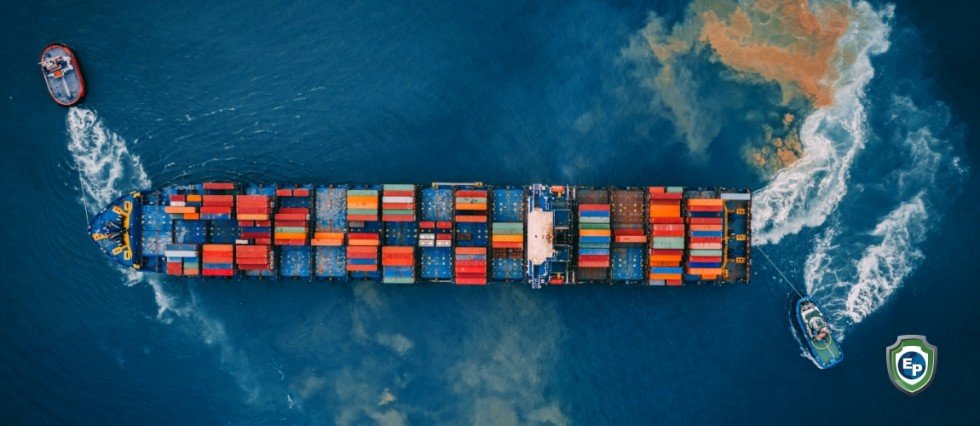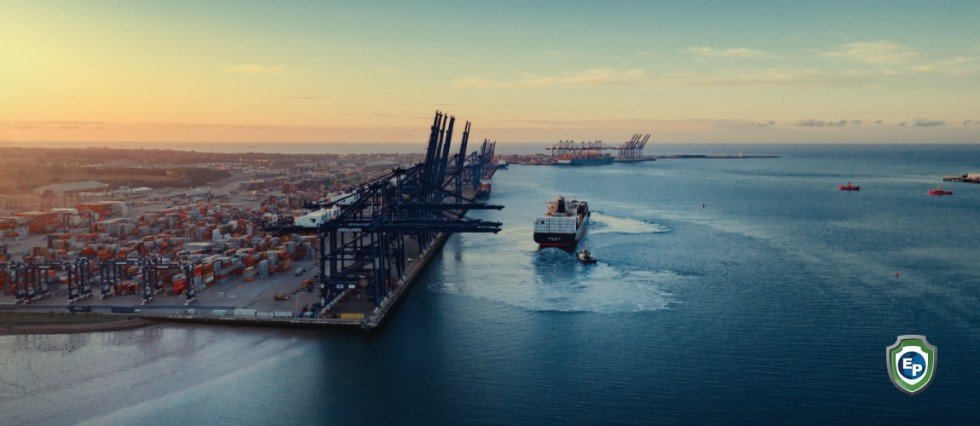What Are the Most Common Shipping Routes for Trade?
Knowing which shipping routes are best for your company and products is essential if you want to profit from the international trade industry. Here are the top five shipping routes you should know.

We constantly come across items that are the result of global shipping in our globalized world. But how do all of these items get from one location to another? What are the most common shipping routes?
1. Route: Asia to North America
Principle Countries Involved: China and the US
Key Passageway: Panama Canal
The number of cargo ships traversing the Pacific Ocean at any given time is truly astounding. Fortunately, the Pacific Ocean is vast and can easily accommodate all of these ships (though their collective emissions are a growing problem). Much of this traffic arrives at the Port of Los Angeles, which handles roughly 20% of all cargo entering the US. However, the majority of the cargo is delivered to the Eastern Seaboard of the US. Cargo must pass through the Panama Canal to accomplish this. In 2020, the Panama Canal transported approximately 259,837,318 metric tons of goods.
2. Route: Asia to Europe
Principle Countries Involved: China and the EU
Key Passageway: Suez Canal
You may recall the container ship Ever Given running aground in the Suez Canal in March 2021. During the six-day blockage, an estimated $9.6 billion in global trade was halted. This demonstrates the significance of the Asia-Europe shipping route. Trade between the European Union (EU) and China, as well as many other Asian countries, is a significant component of all of these countries' economies.

3. Route: Intra-Asia
Principle Countries Involved: India, China, and Japan
Key Passageway: The Strait of Malacca
As the world’s largest and most populous continent, trade within Asia is huge business as well. Tons of goods travel every day from India to Japan, Japan to China, China to India, and so on. But other nations such as Indonesia, Malaysia, Singapore, Thailand, Vietnam, Taiwan, and South Korea are also all very important to Asian trade. The Strait of Malacca is a narrow, 580-mile stretch of water between the Malay Peninsula and the Indonesian island of Sumatra, and it is the shortest sea route between India and China.
4. Route: Europe to Great Britain
Principle Countries Involved: The EU and the UK
Key Passageway: The English Channel
Even though the UK is no longer a member of the EU, trade between the UK and the continent remains significant. Naturally, the vast majority of this trade travels through the relatively narrow English Channel. According to estimates, the Channel is the busiest shipping lane in the world, with over 500 vessels crossing every day.
5. Route: Intra-North America
Principle Countries Involved: Canada and the US
Key Passageway: The St. Lawrence Seaway
Canada and the US share the longest land border in the world, so why don’t they just use rail and roads to trade cargo? Well, they do, but the amount of trade between these two countries is so large that the St. Lawrence Seaway remains essential to facilitating trade between them. As a system of locks, channels, and canals extending from Montreal to Lake Erie, this seaway stretches for more than 2,300 miles from the Atlantic Ocean to the head of the Great Lakes. It connects to over 100 ports and commercial docks and serves as a vital network for transporting goods between North America and 60 overseas markets.
Let Export Portal Help You
New to the world of trade? Work with Export Portal to trade with verified companies and experts from all over the world.


















Comments 1